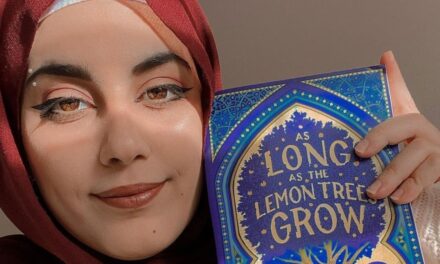Photo © Beshara Magazine.
Elise Bellin, Librarian of the Islamic Resource Center, wrote this book review as part of an ongoing series that focuses on a range of books within the IRC collection as a service to the community.
Islamic Patterns: An Analytical and Cosmological Approach by Keith Critchlow (1976, 1999)
ISBN: 9780892818037.
Many have heard about the Golden Ratio, that ratio that is seen throughout the world both naturally and artificially and is seen as the perfect proportion for so many things, from the spiral in sea shells and pine cones to the proportions of features in the human face. What you might not have heard it referred to as is the Divine Proportion (also the name of a 16th century book that discusses this principle). What does this ancient proportion have to do with today’s book? Well, to be honest, everything. The Divine Proportion not only can be seen in both natural and manmade creations around the world, it is often part of what is known as sacred geometry. Keith Critchlow, the author of today’s book was a professor of art and architecture as well as an expert in sacred geometry. He passed at the age of 87 earlier this year. No mention of cause was given.
Many cultures and religions, both modern and ancient, have some grasp on the subject of sacred geometry. The idea goes that a god or God is “the geometer of the world.” This can be seen in religious structures such as churches, temples, mosques, alters, etc. and sacred spaces like sacred groves, village squares, pagodas, etc.. Both Stonehenge and the Great Pyramids use concepts stemming from this belief. Today’s book studies the Islamic interpretation and expression of this idea as seen through their architecture and artistic abstract geometry.

In the book, Islamic Patterns, the construction and purpose behind the very classically created Islamic geometric patterns are examined. Diagrams of various Islamic fractals show the intricate calculations required to create them. Critchlow is quick to explain that the Western idea that these are mere decoration is far from the truth. Their creation is tied directly to the Islamic faith, its prohibition of idolatry, and its “affirmation of unity as expressed in diversity.” As stated by the publisher in a way I couldn’t have said better, “In this provocative study, Keith Critchlow explores the idea that unlike medieval Christian art, in which forms and patterns were relegated to the background against which to set sacred images, the geometrical patterns of Islamic art reveal in themselves intrinsic cosmological laws affecting all creation. The primary function of these patterns is to guide the mind from the mundane world of appearances to the underlying spiritual reality.” This is truly a masterful look at the underlying cosmological and mathematical principles behind this beautiful art form that will open your mind to a hidden spiritual understanding.














